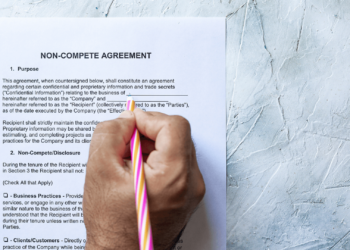Patent infringement claims are on the rise as more companies invest in research and development to create cutting-edge products and technologies and then vigorously protect their intellectual property. These claims can have significant financial and legal consequences for the parties involved and are litigated in the federal district courts under the Federal Rules of Civil Procedure.
Understanding Patent Infringement:
Patent infringement occurs when a party makes, uses, sells, offers for sale, or imports an invention that is protected by a patent without the patent holder’s permission. The patent holder has the exclusive right to decide how their patented invention may be used during the term of the patent.
Types of Patent Infringement:
A. Direct Infringement:
This occurs when a party directly infringes upon a patent by making, using, selling, offering for sale, or importing a patented invention without the patent holder’s permission.
B. Indirect Infringement:
This happens when a party contributes to or induces another party to directly infringe upon a patent. There are two forms of indirect infringement:
- Contributory Infringement: When a party provides a component or material that is specifically designed to be used in a patented invention, knowing that it would be used for infringement purposes.
- Induced Infringement: When a party knowingly induces another party to infringe upon a patent, either through encouragement, instruction, or other means.
Common Defenses:
- Invalidity: The most common defense against a patent infringement claim is to challenge the validity of the patent itself. This can be done by presenting evidence that the patented invention lacks novelty, is obvious in light of prior art, or is not fully and clearly described in the patent application.
- Experimental use: The accused party may argue that their use of the patented invention was for experimental purposes or research and development and, thus, not an infringement of the patent owner’s rights.
- Non-Infringement: The alleged infringer can argue that their product or method does not infringe upon the patent claims, either because it works in a fundamentally different way or because it omits a key element of the patented invention.
- Laches: This defense can be used if the patent holder has unreasonably delayed in asserting their patent rights and the alleged infringer has suffered prejudice as a result.
- Estoppel: If the patent holder has led the alleged infringer to believe that they will not enforce their patent rights, the alleged infringer can use the doctrine of estoppel to prevent the patent holder from asserting those rights later.
Navigating patent infringement claims and defenses can be a complex process that requires a cross-understanding of patent law, litigation, and the specific circumstances surrounding the case. Parties involved in a patent dispute should consult with experienced legal counsel to ensure their rights are adequately protected and well-prepared for the battle that may follow.









